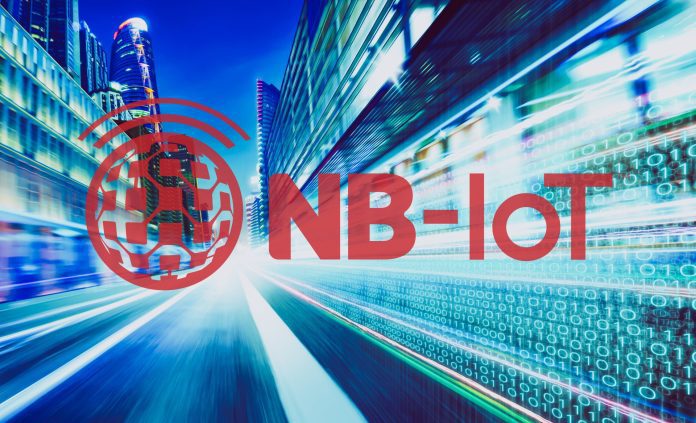3GPP will carry out a study on the possibility and required specification updates to support NB-IoT and LTE-MTC on non-terrestrial networks
LTE-MTC is a low-power wide-area extension of LTE that supports IoT through lower device complexity and provides extended coverage, while allowing the reuse of the LTE installed base. According to 5G Americas, LTE-MTC, together with NB-IoT, will continue to provide the foundation for cellular-based massive-MTC also in the 5G era.
In a report, 5G Americas stated that the 3GPP Release-17 activities regarding the LTE field, will be relatively limited due to the growing maturity of the LTE radio-access technology.
“Currently, the only agreed-upon Release-17 work item on LTE will focus on further enhancements in the areas of LTE-MTC and NB-IoT, in line with the expected long-term use of LTE-based technology to serve massiveMTC applications. The aim is for further broadening of the use cases for cellular LPWA and to address lessons drawn from existing deployments and trials.” 5G Americas said.
“The work item will include supporting 16-QAM modulation for NB-IoT, increasing maximum downlink transport block size to 1736 bits (from 1000 bits) for Cat-M1 LTE-MTC UE, and the possibility for 14 HARQ processes for half-duplex LTE-MTC where, in all cases, the aim is to enable higher peak data rates. The work item will also include the support for faster recovery from radio link failures and enhanced NB-IoT carrier selection.”
Separately, 3GPP will carry out a study on the possibility and required specification updates to support NB-IoT and LTE-MTC on non-terrestrial networks. The aim of this possible specification would be to provide IoT connectivity in very remote areas with low or no cellular connectivity, 5G Americas said.
3GPP highlighted that NB-IoT and LTE-MTC were introduced in Rel-13 to provide support for low-complexity, deep coverage, mass deployments of LTE IoT devices for LPWA use cases. Additional IoT support was added in Rel-14, such as positioning and multicast, and data rates to suit a broader range of usages. Rel-15 and Rel-16 have enhanced the two technologies further to introduced features that allow reduced signaling and control channel overhead for transmitting messages, extensions to battery life, channel quality reporting to the network, and coexistence with NR. “In Rel-17, it is proposed to add or enhance features which support the broadening use cases for cellular LPWA IoT, address lessons drawn from deployments and trials, and support the long-term lifecycle of the two technologies,” the 3GPP said.
Regarding the objectives to specify 16-QAM for NB-IoT and 14-HARQ processes for HD-FDD LTE-MTC, the purpose is to have a peak data rate increase while retaining differentiation between LTE-MTC and NB-IoT, 3GPP added.
For NB-IoT, the main objective of the work item specified in the Release-17 are:
-Specify 16-QAM for unicast in UL and DL, including necessary changes to DL power allocation for NPDSCH and DL TBS. This is to be specified without a new NB-IoT UE category. For DL, increase in maximum TBS of e.g. 2x the Rel-16 maximum, and soft buffer size will be specified by modifying at least existing Category NB2. For UL, the maximum TBS is not increased.
-Extend the NB-IoT channel quality reporting based on the framework of Rel-14—16, to support 16-QAM in DL.
-Specify signaling for neighbor cell measurements and corresponding measurement triggering before RLF, to reduce the time taken to RRC reestablishment to another cell, without defining specific gaps.
-Introduce support for NB-IoT carrier selection based on the coverage level, and associated carrier specific configuration (e.g. maximum repetitions UL/DL, DRX configurations, etc.).
For LTE-MTC, the goal of to support additional PDSCH scheduling delay for introduction of 14-HARQ processes in DL, for HD-FDD Cat M1 UEs.

